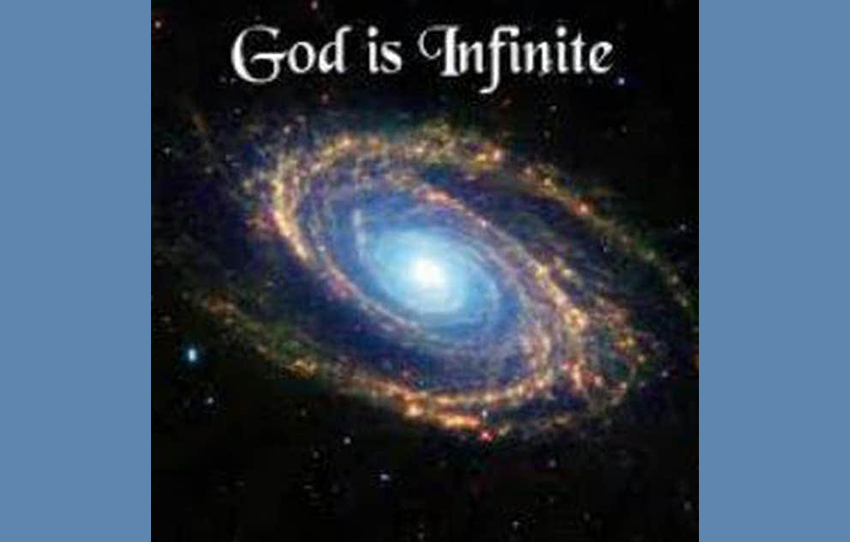
NAME 1
Viśva means all pervading. The first nāma gives a preview of what is going to be discussed in this Sahasranāma. The Brahman alone is all pervading. He is the cause, and the effect of which is the u
Read MoreIn this part we will explore the meaning of the first Shloka of Sri Vishnu Sahasranamam.
विश्वं विष्णुर्वषट्कारो भूतभव्यभवत्प्रभुः |
भूतकृद्भूतभृद्भावो भूतात्मा भूतभावनः || 1 ||
Vishvam Vishnur Vashatkaaro BhootaBhavyaBhavatPrabhuh |
Bhootakrit Bhootabhrit Bhaavo Bhootatma Bhootabhavanah ||1||
Bhagavan is the Creator of the Universe and pervades everything and everywhere. He controls the Universe and He is the master of the Past, Present and the Future. He is the Creator, Sustainer and Destroyer of all beings. He exists in full splendour and is the essence of all beings and nurtures all beings. This Shloka 1 contains the following 9 Namas:
the Cause and the effect; hence He is Vishvam. He pervades everything and everywhere; He is Sarva vyapi and Sarva antaryami and hence He is Vishnuh.
He controls the Universe, so He is known as Vashatkaaro. He is the Master of the Past, Present and Future, hence He is BhootaBhavyaBhavatPrabhuh.
He is the Creator and Destroyer of all beings, so He is Bhootakrit. As Bhootabrit He is the sustainer of the Universe. He exists in full splendour with his many Bhaavas.
He is the essence of all beings and is present within all beings, hence He is Bhootatma. As He nurtures all beings like a mother nurtures her child, He is Bhootabhavanah.
Thus, the very first Shloka demonstrates Bhagavan’s complete and total command over space, time and all the beings in the Universe.
In this Part we will explore the meaning of the 2nd Shloka of Sri Vishnu Sahasranama.
पूतात्मा परमात्मा च मुक्तानां परमागतिः |
अव्ययः पुरुषः साक्षी क्षेत्रज्ञोऽक्षर एव च || 2 ||
Pootatma Paramatma cha MuktaanaamParamaaGatihi |
Avyayah Purushas Saakshee Kshetragno Akshara Eva Cha ||2||
The Lord is pure and is untainted by the actions of the body (Jivatma) in which he resides; He is the Ultimate Consciousness Who is the Knower, Seer, Sustainer, Enjoyer and those immersed in his thoughts attain Paramagati or Moksha, and enjoy the eternal bliss that is limitless.
This Shloka contains the following 8 Namas:
of the body (Jivatma) in which he resides, so He is Pootatma.
He is the Ultimate Consciousness who is the Knower, Seer, Sustainer, Enjoyer and the Paramatma. Those immersed in his thoughts attain Paramagati or Moksha, so He is MuktanamParamagatihi. He is immortal, indestructible and has no decay, hence He is Avyayah.
Our body is considered an abode and He resides there and hence He is Purushah. Bhagavan is Omniscient and sees everything as a Sakshee. He is Kshetragnah as He leads his devotees to Supreme bliss. He is without destruction and eternal, so He is Aksharah.